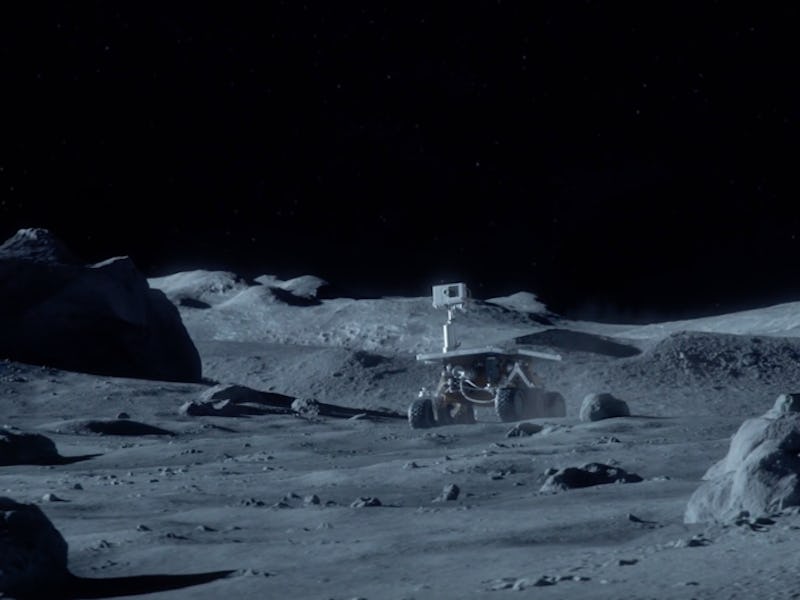On Thursday, Marvel released the official trailer for the show Inhumans, an eight-episode series telling the story of a superhuman race that’s created its own civilization on the Moon. What makes the Inhumans’ home city of Atillan so perplexing, however, is that nobody — not Iron Man, not S.H.I.E.L.D. — in the Marvel Cinematic Universe has ever been able to find it, despite the fact that it’s literally orbiting the Earth.
But the difficulties others have run into while trying to find them actually provide us with many clues about where on the Moon their secret city might actually be located.
It’s easy to assume that, because we’re so close to the Moon, that we’re very familiar with its terrain. But in reality, that’s only half-true: The so-called dark side of the moon — scientists prefer to call it the “far side” — that faces away from the Earth is still very much a scientific mystery, which makes it perfect for a hidden superhuman colony.
While real-life astronauts have landed and sent several robots to the moon, they were all on the near side — the seemingly well-lit side that reflects the Sun’s light back toward the Earth. Despite the advances we’ve made in space travel, investigations into the far side of the moon have been limited for various reasons: Because it’s so dark, exploration there is difficult and requires expensive lighting technology, and it’s also not clear whether we’ll discover anything there that we haven’t already discovered on the near side of the Moon. Furthermore, even if we did send astronauts or robots there, the fact that it faces away from the Earth would make it very difficult to communicate with ground control.
All of this is to say that it’s an ideal spot for the Inhumans to build Atillan.
The darkness wouldn’t actually be an issue for the Inhumans: Even though it’s commonly been called the dark side of the Moon because it never faces the Earth, it’s not actually dark there all the time. The moon rotates in such a way that when it orbits around the Earth, the near side is always facing towards us — a phenomenon called “tidal locking.” But the far side of the Moon gets just as much sunlight as the near side over the course of a day because all of its sides are exposed to sunlight as it orbits around the Earth.
When it comes to the far side, all we’ve got to go on are photographs: The first were taken by the Soviet Luna 3 spacecraft in 1959, and NASA collected photos during the Apollo 16 mission. The most recent images were taken in 2015 with NASA’s Lunar Reconnaissance Orbiter. Compared to the near side, the far side has many more craters. According to Apollo 8 Astronaut William Anders, who saw the far side during his mission, “the backside looks like a sand pile my kids have played in for some time. It’s all beat up, no definition, just a lot of bumps and holes.” In the trailer, a space rover scuttles over rocky, crater-covered terrain before it is destroyed by the Inhumans: Could it be that it traveled from the far side?
We may have the answer to that question sooner rather than later. While NASA has no plans in the immediate future to send a robot or an astronaut to the far side of the moon, the European Space Agency (ESA) announced in 2015 its hypothetical, long-term plan to build a “Moon Village” and set up telescopes there. Some researchers have speculated that, because the far side of the moon faces away from Earth and therefore isn’t prone to interference from human signals, it may be a good spot to probe for radio signals the originated during the “Dark Ages,” before the Big Bang. At the end of 2016, the Chinese space program also announced that it hopes to land a probe on the far side of the moon by 2018.
If the Inhumans in the MCU are really hiding out on the far side of the moon, Marvel should look outside the United States and make like the ESA and China, nudging Tony Stark to invest in lunar exploration.
